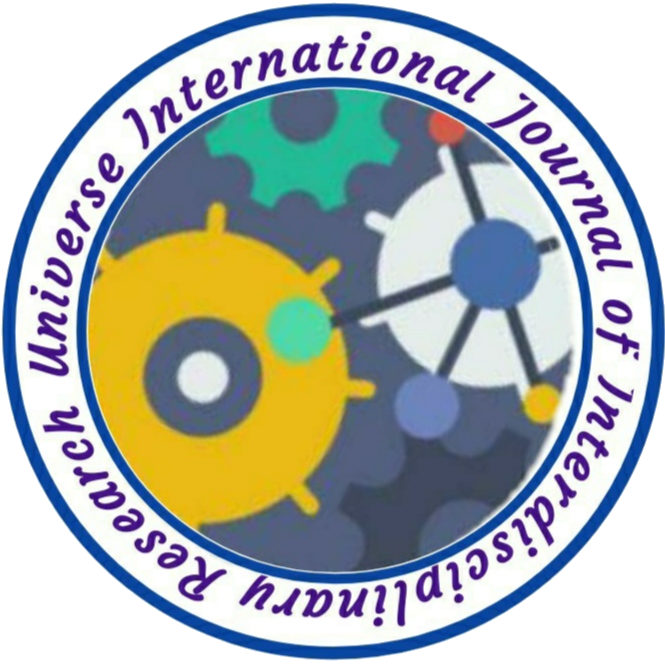STUDY ON PREVALENCE AND RISK FACTOR OF VARICOSE VEIN AMONG STAFF NURSES
Author Name: 1. Mr. Rohan Shivaji Savlajkar
Volume/Issue: 04/05
Country: India
DOI NO.: 08.2020-25662434 DOI Link: https://doi-ds.org/doilink/10.2023-39723897/UIJIR
Affiliation:
- Nursing Tutor, Department of Medical-Surgical Nursing, Government College of Nursing, Daman, India.
ABSTRACT
Health is the level of functional or metabolic efficiency of a living being. Health is deeply related to lifestyle. Ideal health will however, always remains a mirage, because everything in our life is subject to change. Health may be described as a potentiality or the ability of an individual or a social group to modify himself or itself continually in the face of changing conditions of life not only to function better in the present but also to prepare for the future. Moreover today increasing emphasis is placed on health, health promotion, wellness and self-care. Millions of workers spend majority of the working day on their feet and many hours in static positions. Standing uses 20% more energy than sitting and because human bodies are not designed to stand at work, prolonged standing, can lead to tiredness, loss of concentration and increased health risks. These risks include the swelling of feet and legs, feet and joint damage, varicose veins, heart and circulatory disorders, lower back problems and pregnancy complications. Current statistics reveal that nearly 2.7 million people worldwide, suffer from varicosities and the toll is ever increasing. Where India is concerned, experts are witnessing a growing prevalence of varicosities especially among women. Nearly, 20-15 per cent of women and 10- 15 per cent of men suffer from varicose veins in India. The extrapolated prevalence rate of varicose vein in India providing warning in about 47,928,177 in statistics. This study includes Non-experimental survey design and Nonprobability purposive sampling technique was been used in order to conduct the study. A total of 100 Nurses were selected by non-probability Purposive sampling method. Data was collected by demographic data objective checklist & structured questionnaire rating scale. Percentage wise distribution of nurses according to their risk of developing varicose vein depicts that majority 39% of the nurses had risk of developing no varicose vein followed by 37 % of them had mild risk of developing varicose vein. Hence it can be interpreted that majority 37% of the nurses had mild risk of developing varicose vein , Chi square values were calculated to find out the association between the prevalence rate and demographic variables of nurses. The findings revealed that there was no significant association between prevalence rate and socio demographic variables like, gender, educational qualification, and years of experience, history of lower limb injury surgery and history of swelling in lower limb. However a significant association was found between the prevalence score and demographic variable age which was (ᵧ2= 7.036). The study have helped the researcher in order to identify prevalence and risk of prevalence among staff nurse , and it has also made nurses alert regarding their health status.
Key words: Assess, Prevalence, Risk factors, Varicose Veins, Staff Nurses

No comment